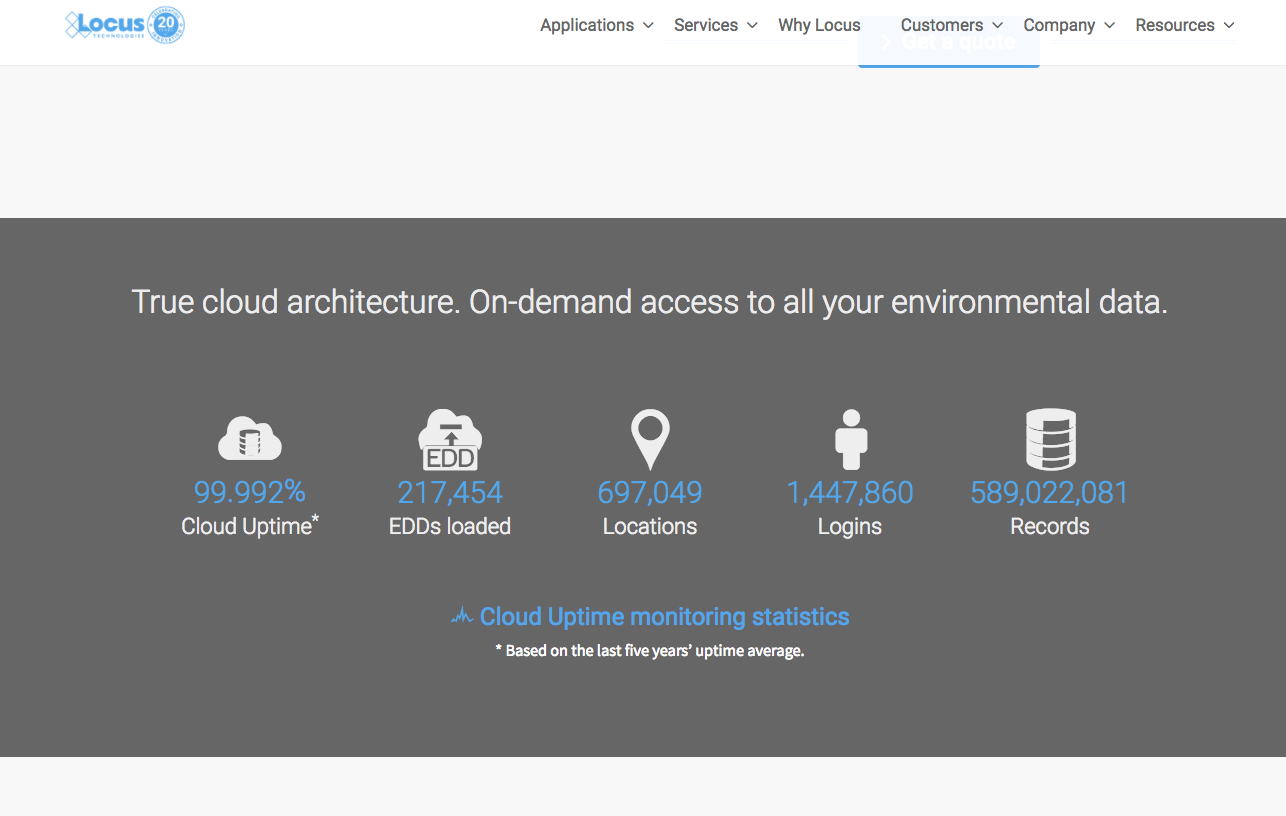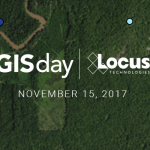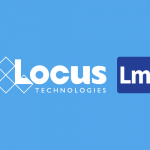Can your EHS software vendor share SaaS system performance statistics in real time? Across all customers?
EHS SaaS Multitenancy explained and why it matters.
There is a considerable degree of (intended) confusion in the EHS software space when it comes to cloud computing and multitenancy. If your software vendor cannot share statistics in real time like shown in the figure nearby, most likely they do not run on a multitenant SaaS platform.
The real-time information on system performance and security of SaaS cloud platform is the most important element that frequently gets overlooked during EHS software selection process. Success in the cloud is built on trust. Trust starts with transparency.
Our real time status monitoring (ran by an independent provider of web monitoring services) provide transparency around service availability and performance for Locus’ EHS SaaS products.
Just as with airlines that fly through clouds, our entire business is built on trust and security of our cloud offerings. Over 700,000 locations around the globe trust Locus to safeguard their data in the cloud.
Cloud Computing
Since the turn of the millennium, cloud computing has revolutionized the landscape of the computing world because it provides enterprise-grade computing resources that are affordable and instantly available. Clouds provide straightforward access to IT resources—you just access as many resources as you need when you need them, and never have to deal with the complexities of managing all of the underlying infrastructures that provide those resources. EHS manager job is suddenly a lot simpler and easier with cloud computing. You don’t even need help from IT department (if you don’t want it).
Multitenancy
Multitenancy is the fundamental technology that clouds use to share computing resources cost-efficiently and securely. Just like a bank—in which many tenants cost-efficiently share a hidden, common infrastructure, yet utilize a defined set of highly secure services, with complete privacy from other tenants—a cloud uses multitenancy technology to share IT resources securely among multiple applications and tenants (businesses, organizations, etc.) that use the cloud. Some clouds use virtualization-based architectures to isolate tenants; others use custom software architectures to get the job done. The multitenant design of a cloud service can have a dramatic impact on the application delivery and productivity of an IT organization, yet most CIOs, CTOs, system architects, and developers who use clouds don’t give it a second thought because it’s all magic that transparently happens behind the scenes.
Locus Platform is the proven cloud application development platform that powers popular Locus cloud EHS and Sustainability applications as well as custom applications that customers build to satisfy their specific EHS+S requirements.



